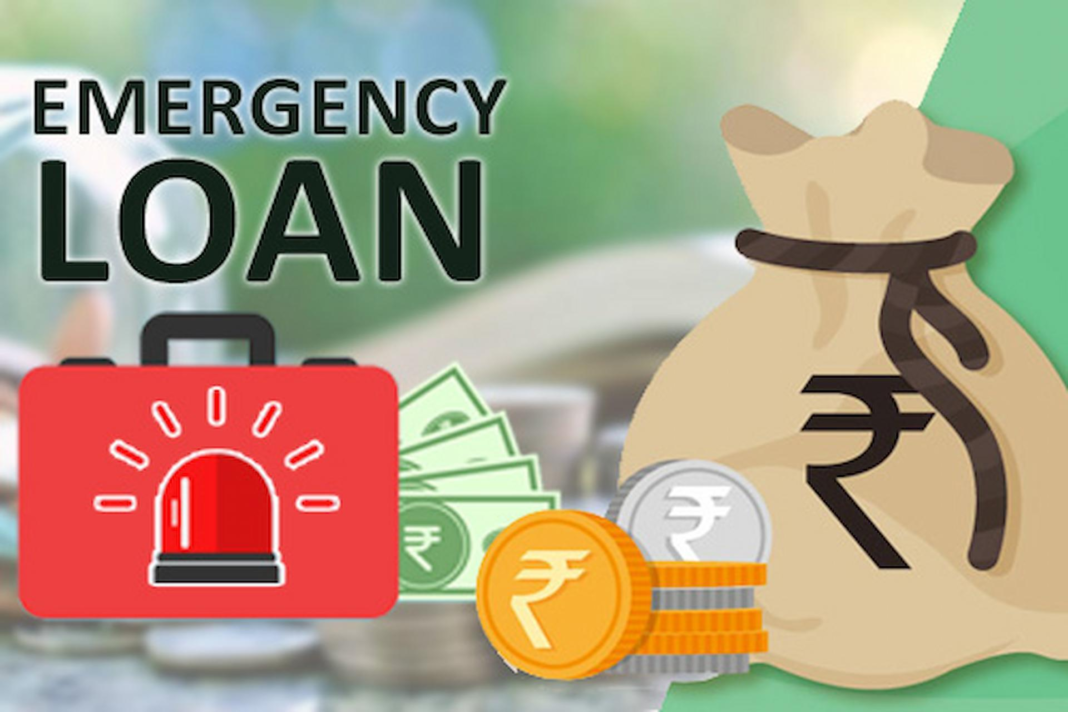Emergencies happen when least expected, and financial difficulties can arise. Emergency loans can provide a quick solution, whether it’s a sudden medical expense, car repair, or unexpected home repair. This guide will explain emergency loans, how they work, and what you should consider before applying.
What Is an Emergency Loan?
An emergency loan is a type of financing designed to help individuals cover unexpected costs they cannot immediately afford. These loans can be used for various purposes, from medical bills to urgent travel. Emergency loans usually offer quick access to funds, but they come with pros and cons.
Common Types of Emergency Loans:
- Personal Loans: These are unsecured loans, meaning no collateral is required. You can use them for almost any emergency expense.
- Payday Loans: Short-term loans with higher interest rates, typically repaid on your next payday. They are easier to qualify for but expensive.
- Credit Card Cash Advances allow you to withdraw cash from your credit card, but the interest rates are usually higher than for standard purchases.
- Title Loans: These loans use your vehicle as collateral. If you fail to repay, the lender may repossess your car.
How Emergency Loans Work
Emergency loans function similarly to other types of loans but are typically faster in processing and approval. Once approved, the funds are deposited directly into your bank account, often within one business day. However, terms and conditions vary depending on the lender and loan type.
Here’s how the general process works:
- Application: You apply either online or in person. Most lenders require proof of income, identification, and sometimes a credit check.
- Approval: Once your application is submitted, the lender will evaluate your financial standing. Some loans, such as payday loans, have lenient requirements, while others may require a higher credit score.
- Receiving Funds: You’ll receive the funds in your bank account if approved. Some lenders may offer same-day disbursement.
- Repayment: Emergency loans have specific repayment terms. Before accepting the loan, always understand the interest rate, repayment period, and any potential fees.
Key Factors to Consider Before Applying
Before applying for an emergency loan, consider these essential factors:
- Interest Rates: Some emergency loans have high interest rates, especially payday loans. It’s important to shop around and compare rates.
- Fees: Check for hidden fees such as origination fees, prepayment penalties, or late fees that can significantly increase the loan cost.
- Repayment Terms: Understand how long you have to repay the loan. Payday loans typically require repayment within weeks, while personal loans may offer several years.
- Credit Score Impact: Some loans require a credit check, and taking out a loan could temporarily lower your credit score.
- Alternative Options: Explore alternatives before committing to an emergency loan, such as borrowing from friends or family or negotiating with your creditors.
Pros and Cons of Emergency Loans
Pros:
- Quick Access to Cash: Most emergency loans are approved and disbursed quickly, helping you cover urgent expenses.
- Variety of Options: You can choose from different types of emergency loans, depending on your financial situation.
- Unsecured Options Available: Some emergency loans, like personal loans, do not require collateral.
Cons:
- High Interest Rates: Many emergency loans, especially payday loans, have high interest rates, which can make repayment difficult.
- Risk of Debt Trap: Failing to repay an emergency loan can lead to more financial stress and a cycle of debt.
- Fees: Many emergency loans have additional fees, increasing the overall cost of borrowing.
How to Find the Best Emergency Loan
When searching for the best emergency loan, consider the following:
- Compare Interest Rates: Always look for the lowest possible interest rate. A slight difference can save you money in the long run.
- Check the Lender’s Reputation: Make sure the lender is trustworthy and has positive reviews from other borrowers.
- Understand the Terms: Read the fine print to avoid unexpected fees or unfavourable terms.
- Prequalify: Some lenders allow you to prequalify without affecting your credit score, helping you understand your options.
Alternatives to Emergency Loans
While emergency loans are helpful, there should be other options. Consider these alternatives:
- Credit Union Loans: Many credit unions offer lower-interest personal loans to their members.
- Payment Plans: Some service providers, like hospitals and utilities, offer payment plans that allow you to spread out costs without taking out a loan.
- Peer-to-Peer Lending: This type of lending connects you directly with individual lenders, often at better rates than traditional lenders.
Conclusion
Emergency loans can be lifesaver when unexpected expenses arise, but they come with responsibilities. It’s crucial to fully understand these loans’ terms, conditions, and costs. You can manage emergencies without falling into long-term debt by considering all your options and making informed decisions.

